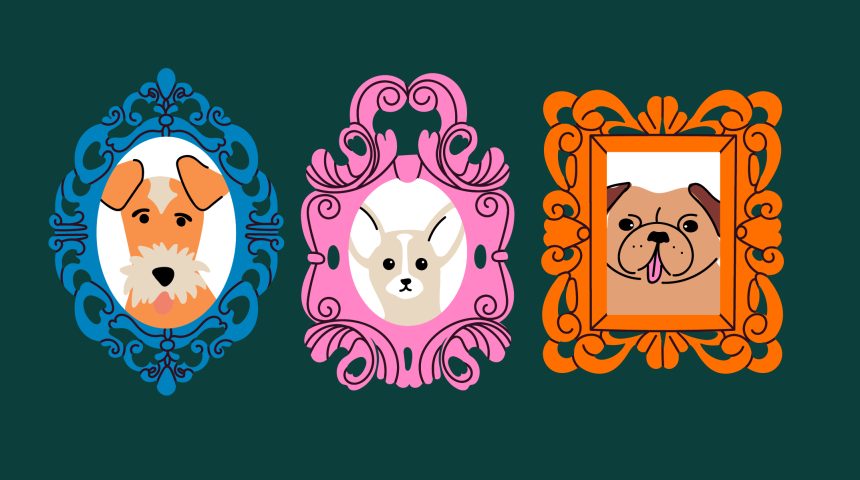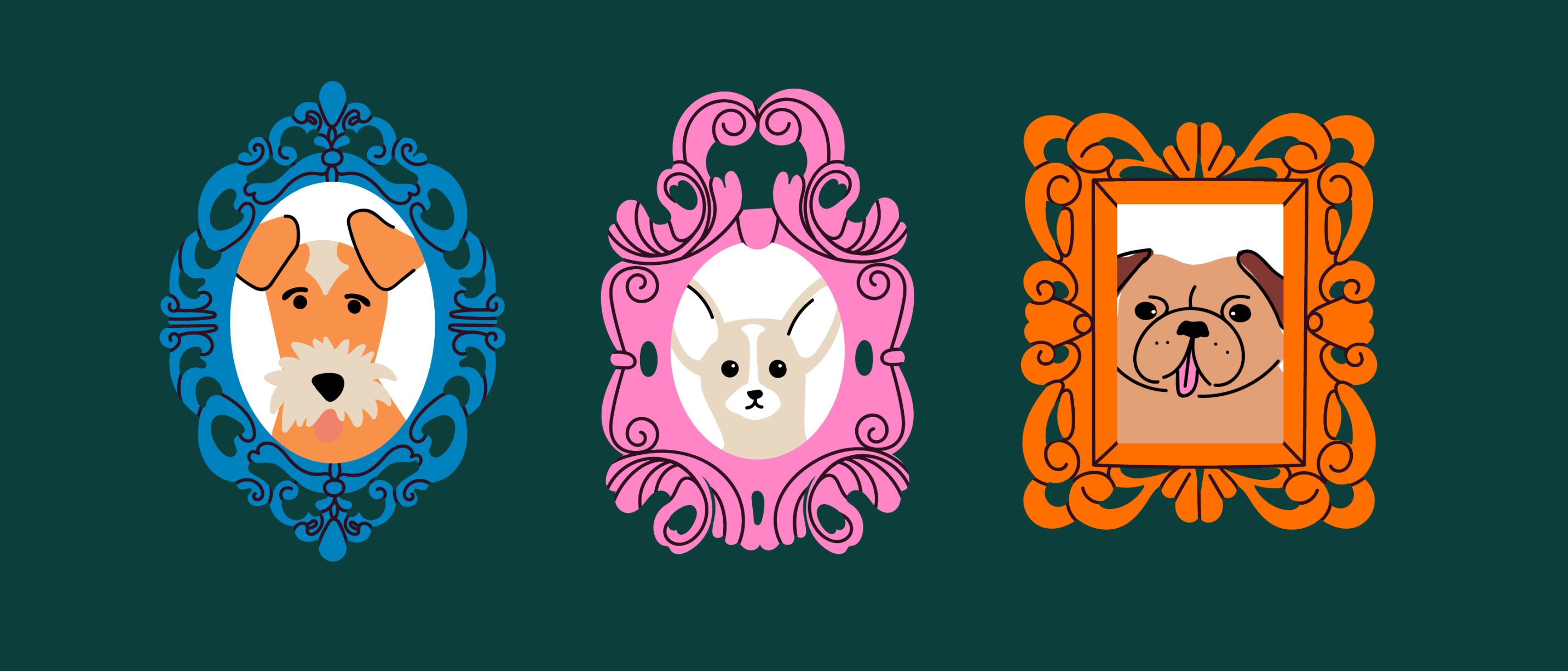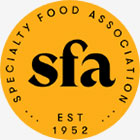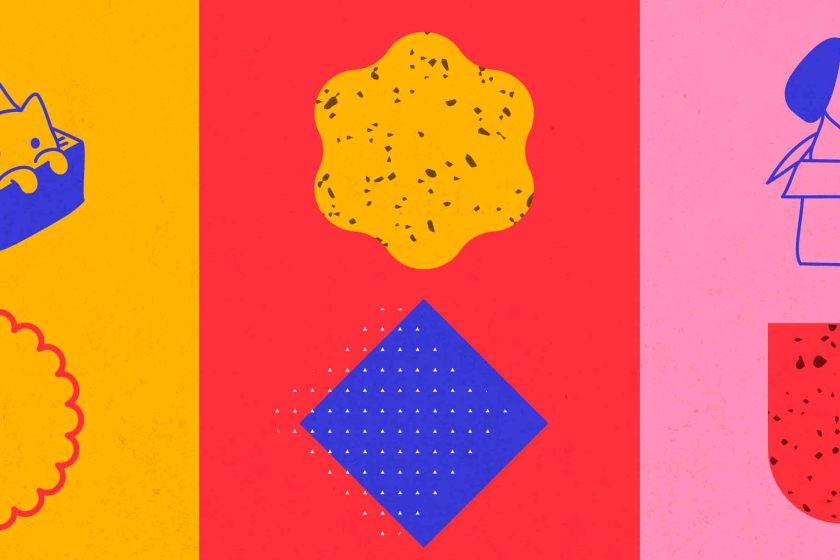

It’s up to your pet food packaging design to solve many of your problems: tell your story, define your brand attributes, and market the individual product.
Just because your pack looks pretty doesn’t mean it functions. And pet food packaging design has its own scale of complexities and challenges that require unique creative solutions. View package design as creative problem-solving rather than art, and the solutions are before you.
“You are not an artist, Peggy. You solve problems.”
Don Draper
The top 3 common branding “problems” in CPG Pet Food that demand creative solutions are:
Pet Food Brand Selection: Why You?
What is an ownable space at the retail level for your pet food product? This industry is expected to grow by 4 billion in 2023 alone, so it’s a more challenging question to answer now. You are seeing pet parents become increasingly savvy around the purity of ingredients, trustworthy supply chains, and the sophisticated palates of their pets. So does competition. You must be different.
The good news; you are! Somehow, your company, product, or story is different somewhere deep inside. But you can’t be TOO unusual. Then you risk appealing to a niche audience, which doesn’t optimize your brand for growth. You have to be just different enough… that’s the sweet spot. Do this with in-depth intelligence gathering, from competitive analysis to consumer insights, and find the one thing people want that you have and others don’t. (Or figure out how to narrate benefits so it at least sounds like you’re the only one providing them.)
Claims & Narrative: More to Say
Telling your brand’s story and benefits is one thing––figuring out how to communicate all those other messages is another. Certain pet products can get significantly more complicated than human food by the sheer number of shopping factors pet parents must consider. Take typical dog treats: form, flavor, texture, pet size, duration of treat, health benefit, leading ingredients, life stage, multi-pack flavors, and counts all need to fit into one package. (These packages are usually at most 8 inches.) Meanwhile, messaging must communicate taste appeal, brand identity, and emotional benefits (happy dogs!). This is where priority of communication, messaging hierarchy, and visual problem-solving comes into play.
The essence of package design is understanding how varying elements relate to one another and how they impact the shopper experience. If you are trying to communicate multiple product characteristics simultaneously, the tension between each component through scale, placement, and prominence must all be considered. Overly communicate with equal weight, and your design will fight itself, losing the messaging in too much noise.
Pet Food for People: Your Customers Are Humans
Truth talk. Pet food doesn’t always look or sound delicious to humans. But consumers are looking for quality and authenticity of ingredients and food that their pet will enjoy. It’s an added challenge when attempting to communicate taste appeal through a human lens with formulas geared toward pets––seafood pate and beef liver, anyone? Principles around taste appeal for humans can be translated to pet food: mouthwatering color, tactful food photography, and even lifestyle expressions showcasing satiated pets can help bridge the gap.
I realize I am only providing top-level solutions in this article. Truthfully, each ‘challenge’ is unique to a particular sector or brand within pet food packaging and therefore requires a personalized strategy. This should be addressed in the first phase of brand creation, growth, or optimization. Solutions tend to be custom, but many branding problems are universal. Identifying a particular issue is the first step toward the right solution.
Emotions are particularly high in the petcare category; this article explores ways to further connections with your brand.









